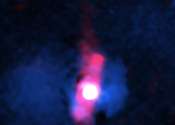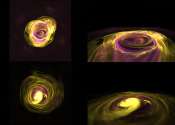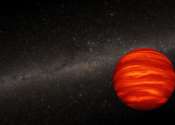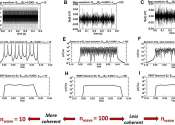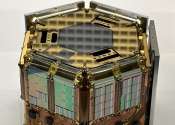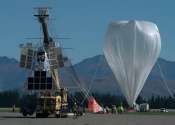NASA's Chandra identifies an underachieving black hole
Astronomers have revealed that a brilliant supermassive black hole is not living up to expectations. Although it is responsible for high levels of radiation and powerful jets, this giant black hole is not as influential as ...
